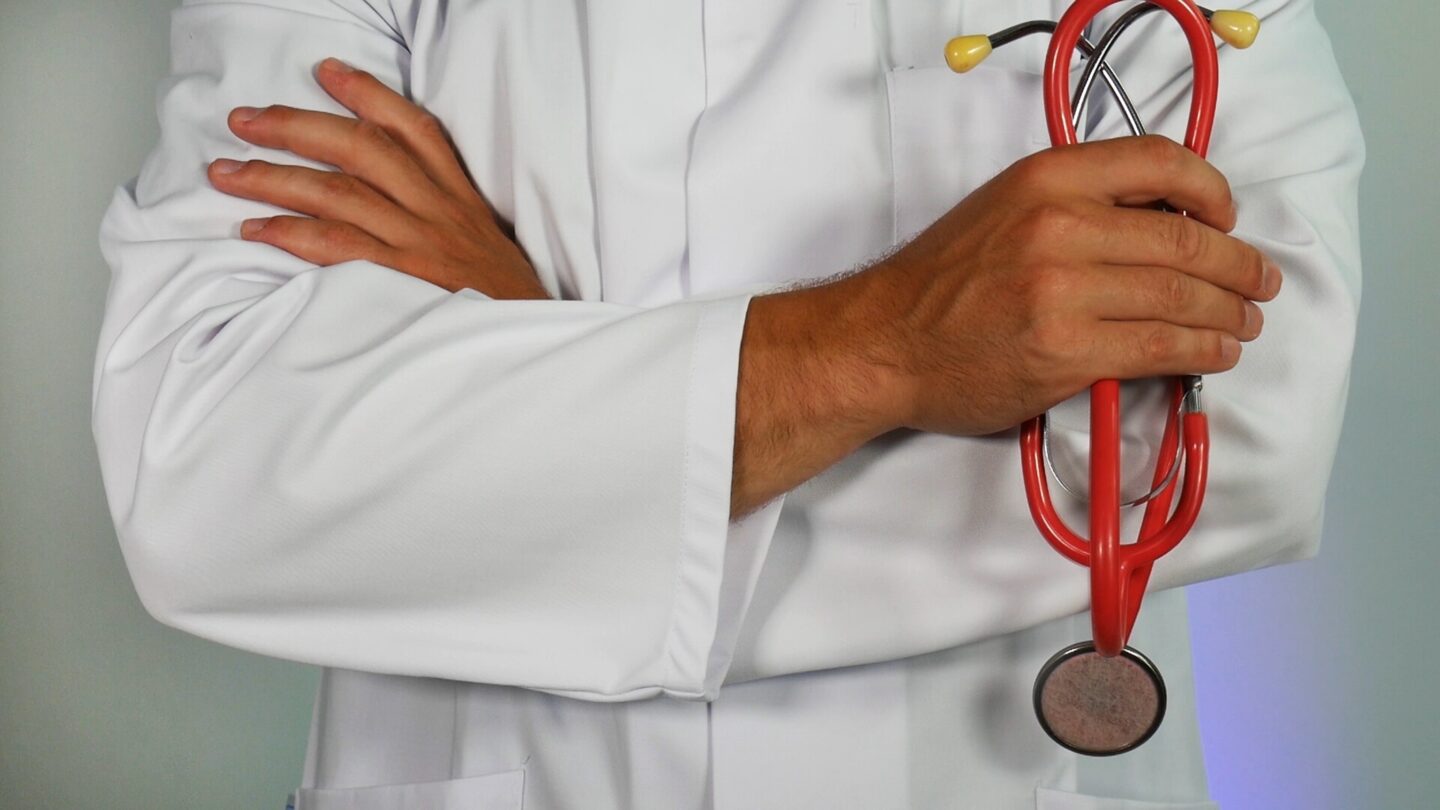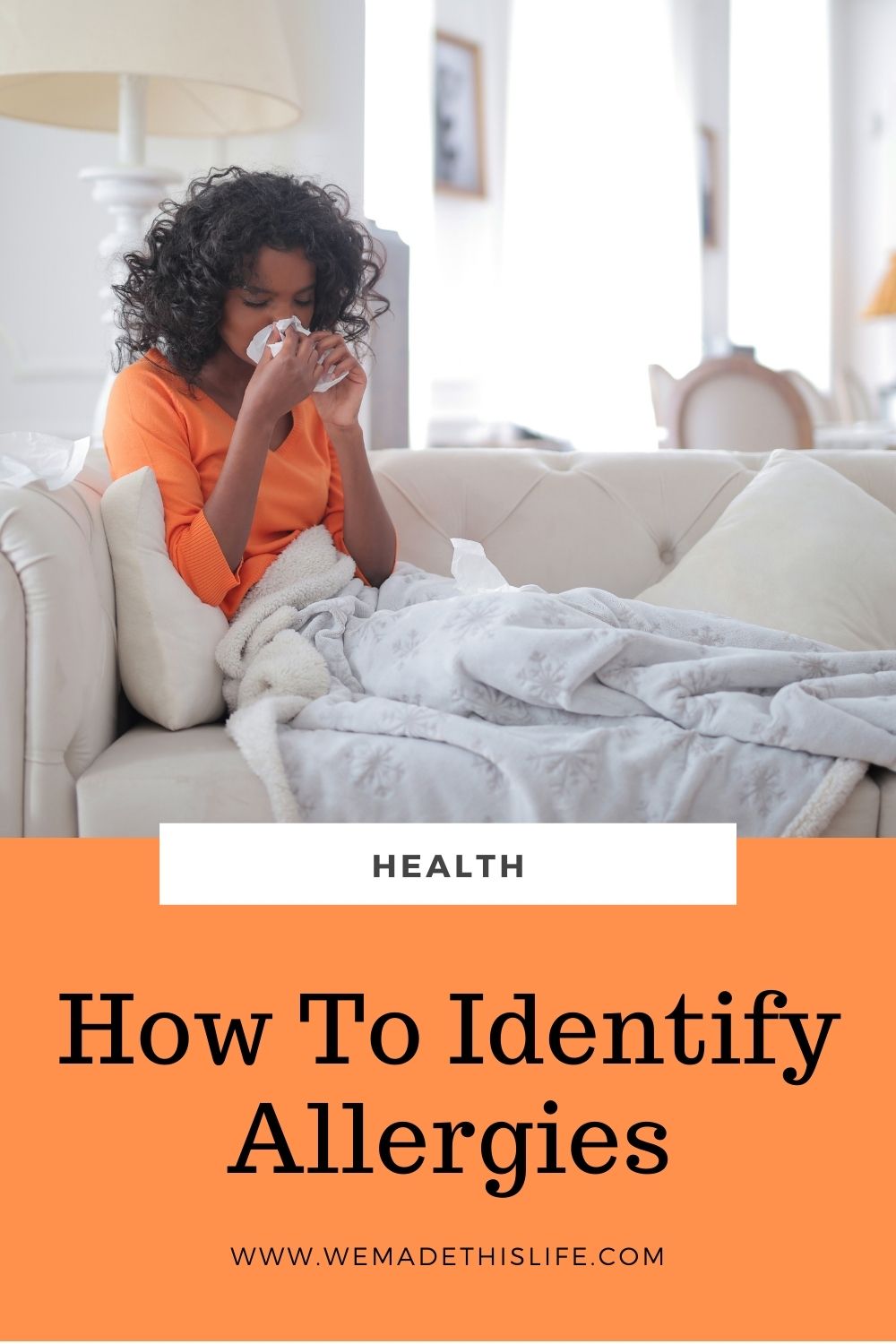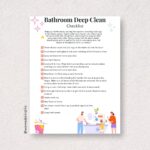Advertisement Feature
Living with an allergy can be tricky, but it is much easier once you have identified what you are allergic to. Three out of four of my children have had reactions to different foods or substances and working out what they have reacted to has been a process! If you are going through the same thing, this post is for you - I'm going to walk you through how to identify allergies.

What is an allergen?
An allergen is a substance that is usually not harmful, but in certain people can trigger a reaction in the body. The reaction can have various physical effects from hives to swollen eyes to a full on anaphylactic reaction endangering life. If you have an allergic reaction it's really important that you identify which allergen is responsible so you can avoid the same thing happening again.
Types of allergies
There are two types of allergy reaction - a non IgE reaction and an IgE reaction. A non IgE reaction will generally cause a discomfort reaction - tummy problems and eczema etc. These reactions aren't usually life threatening but are uncomfortable to live with, so if you can identify what is causing the reaction and eliminate it from your diet you will feel so much better for it.
An IgE reaction is an immune response to the allergen and generally produces a robust reaction. It is a bit easier to test for an IgE allergy, generally your first point of call would be to have an allergy blood test, this could indicate any sensitivities you may have and give a pointer as to what you might be allergic to.
How to identify allergies
You might have some idea of what you are allergic to by reactions that you have had. Other times it may be difficult to pinpoint what caused a reaction, or there may be several allergies at play.
For skin reactions the first place to look would be at which products you are using on your skin. Are you using anything new? Stop using products that you suspect might be the culprit and see if it makes a difference. Remember any reaction might be caused by what you are using to wash your clothes so it might be worth taking a look at that.
For food reactions you can keep a food diary to see if you can tie any reactions to something that you have eaten. Try cutting out any foods that you are suspicious of causing a reaction to see if your symptoms improve.
You can also take a home allergy test which is a great indicator of potential allergens. Klarify.me has a test that you can take at home by taking a sample of blood yourself and sending it off to be analysed for allergen specific IgE. It is then advised that you take the results to a specialist doctor to work out a plan of action.
The Klarify.me allergy test analyses your body’s reaction to 294 different allergens including:
- Pollen 59
- Pets 25
- Mites 19
- Insect stings 10
- Moulds & yeasts 13
- Foods 154
- Other 14
The results from this are going to give you a really great base idea of where your problems might lie.
Speak to a specialist doctor

Ultimately it is really important to work with a specialist doctor in diagnosing an allergy but the steps above can be the first steps that you take.
I hope that you found this post about how to identify allergies useful. You can share it with your friends or Pin it for later...

You might also like...


















Leave a Reply